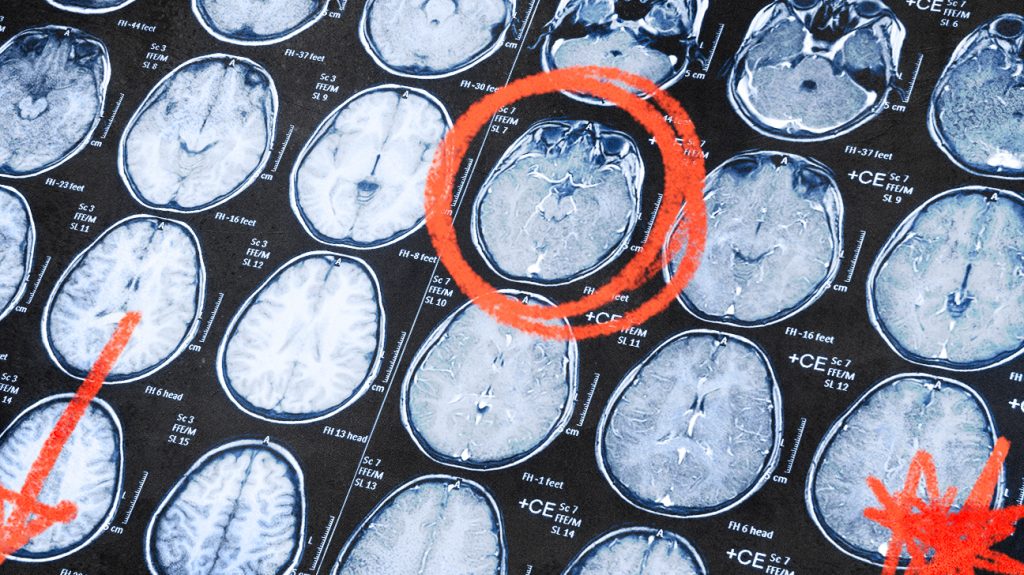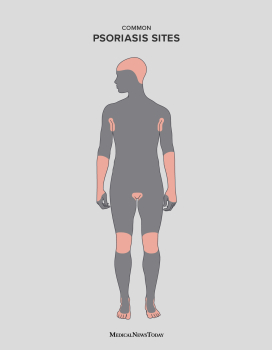Site uses cookies.
Learn moreParkinson's disease early signs and causes
12 August 2022

Parkinson’s disease is a neurological condition that affects movement and thinking. Here, learn about the early signs and why it happens.
Parkinson’s disease is a movement disorder that affects the nervous system. Its symptoms occur because of low dopamine levels in the brain.
Experts do not know why Parkinson’s disease develops, but they currently believe that genetic changes and exposure to environmental factors, such as toxins, play a key role.
Read on to find out more about the early signs of Parkinson’s disease and what causes it.
Early signs
The symptoms of Parkinson’s disease develop gradually. They often start with a slight tremor in one hand and a feeling of stiffness in the body. Over time, other symptoms develop, and some people can experience dementia.
Some early signs of Parkinson’s disease may include:
- movement changes, such as tremors
- coordination and balance impairments that can cause a person to drop things or fall over
- a loss of sense of smell
- gait changes, so a person leans forward slightly or shuffles when walking
- fixed facial expressions due to changes in the nerves that control face muscles
- a voice tremor or softer voice
- more cramped and smaller handwriting
- sleep problems resulting from restless legs and other factors
- rapid eye movement sleep disorder may be a powerful predictor, according to a 2015 study
Movement symptoms may start on one side of the body and gradually affect both sides.
Other common symptoms include:
- mood changes, including depression
- difficulty chewing and swallowing
- fatigue
- constipation
- skin problems
- dementia, delusions, and hallucinations that can develop in time
Having these symptoms does not mean a person has Parkinson’s disease. Various other conditions can have similar symptoms, such as:
- Parkinsonism
- head trauma
- encephalitis
- stroke
- multiple system atrophy
- progressive supranuclear palsy
There is currently no test for Parkinson’s disease. Its similarity to other conditions can make it hard to diagnose in the early stages.
Causes
Parkinson’s disease is a neurological disorder that develops when changes occur in the brain. Precisely why it happens is unclear, but scientists have identified some variations that occur.
Low dopamine levels
Parkinson’s disease symptoms mainly result from low or falling levels of dopamine, a neurotransmitter. It happens when cells that produce dopamine die in the brain.
Dopamine plays a role in sending messages to the part of the brain that controls movement and coordination. Therefore, low dopamine levels can make it harder for people to control their movement.
As dopamine levels continue to fall, symptoms gradually become more severe.
Low norepinephrine levels
Parkinson’s disease may also involve damage to the nerve endings that produce another neurotransmitter, norepinephrine, which contributes to blood circulation and other automatic body functions.
Low levels of norepinephrine in Parkinson’s disease may increase the risk of both motor and nonmotor symptoms, such as:
- stiffness and rigidity
- postural instability
- tremor
- anxiety
- difficulty focusing
- dementia
- depression
This may explain why people with Parkinson’s disease commonly experience orthostatic hypotension. This refers to when a person’s blood pressure changes when they stand up, leading to lightheadedness and a risk of falling.
Lewy bodies
A person with Parkinson’s disease may have clumps of protein known as alpha-synuclein, or Lewy bodies, in their brain.
The accumulation of Lewy bodies can cause a loss of nerve cells, leading to changes in movement, thinking, behavior, and mood. It can also lead to dementia.
Lewy body dementia is not the same as Parkinson’s disease, but people may have both as the symptoms are similar.
Genetic factors
Experts have identified changes in several genes that appear to have links with Parkinson’s disease, but they do not consider it a hereditary condition.
Genetic factors appear to cause only 10% of cases, mostly among people with early onset disease.
Autoimmune factors
In a 2017 study, scientists found a possible genetic link between Parkinson’s disease and autoimmune conditions, such as rheumatoid arthritis.
In 2018, researchers investigating health records in Taiwan found that people with autoimmune rheumatic diseases had a 1.37-higher chance of also having Parkinson’s disease.
Risk factors
Several environmental factors may increase the risk of developing Parkinson’s disease.
These include:
Past traumatic brain injury: Head injuries from contact sports, for example, may increase the risk of the condition.
Toxin exposure: Such as pesticides, solvents, metals, and other pollutants.
Gender: Males are 50% more likely to develop the condition than females, although one 2016 study suggests the risk for females may increase with age.
Age: The condition often appears from the ages of 60 years.
Some drugs and medications: Certain medicines can lead to Parkinsonism, where a person has tremors and other symptoms but does not have Parkinson’s disease.
Symptoms usually appear from the age of 60 years. However, 5–10% of people with the disease have early onset Parkinson’s, which starts before the age of 50 years.
Do racial factors affect the risk?
In the past, statistics have suggested that Parkinson’s disease is less likely to affect Black people than other people of other ethnicities in the United States.
However, experts now say this may be due to a lack of awareness about how the disease can affect Black individuals and a higher chance of misdiagnosis due to inequities in health provision.
Prevention
It is not possible to prevent Parkinson’s disease, but some lifelong habits may help reduce the risk.
Avoiding toxins
People should take precautions when using potentially toxic chemicals, such as herbicides, pesticides, and solvents.
Where possible, individuals should take the following steps:
- avoiding the unnecessary use of pesticides and herbicides
- using alternatives to products containing known toxins, such as paraquat
- taking precautions, such as wearing protective clothing, when it is not possible to avoid them
Avoid head trauma
For protection from a traumatic brain injury, people can take the following steps:
- wearing protective headgear during contact sports
- wearing a helmet when cycling or motorcycling
- using a safety belt when traveling by car
- seeking medical attention for concussion and avoiding future risks until a doctor says it is safe to do so
Exercise
Regular physical exercise may help prevent or treat Parkinson’s disease, according to a 2018 review. The authors note that physical activity can help maintain dopamine levels in the brain.
Dietary factors
Some dietary choices may also help reduce the risk of Parkinson’s and other diseases. Research has shown that the following may help:
Turmeric: A mild spice people can add to curries, soups, teas, and other foods. It contains curcumin, an antioxidant ingredient. According to one laboratory study, it may help reduce the risk of Parkinson’s disease by preventing oxidative stress and the clumping of alpha-synuclein protein.
Flavonoids: Research suggests this antioxidant may lower the risk of developing Parkinson’s disease. Berries, apples, some vegetables, tea, and red grapes contain flavonoids.
Avoiding aldehydes: Heating and reusing some cooking oils, such as sunflower oil, may cause aldehydes to form, which are toxic chemicals with links to Parkinson’s and other diseases. Research from 2020 suggests that potatoes fried in previously used cooking oils could have high levels of aldehydes.
Summary
Parkinson’s disease is a lifelong condition involving neurological changes in the body.
Experts do not know why Parkinson’s disease occurs, but genetic and environmental factors may play a role. Specifically, experts have found strong links with past traumatic brain injury and exposure to toxins.
Exercise, a healthy diet, and avoiding toxins may all help prevent Parkinson’s disease, but there is no current evidence to confirm the specific cause.
Article Source: https://www.medicalnewstoday.com/articles/323396#summary



